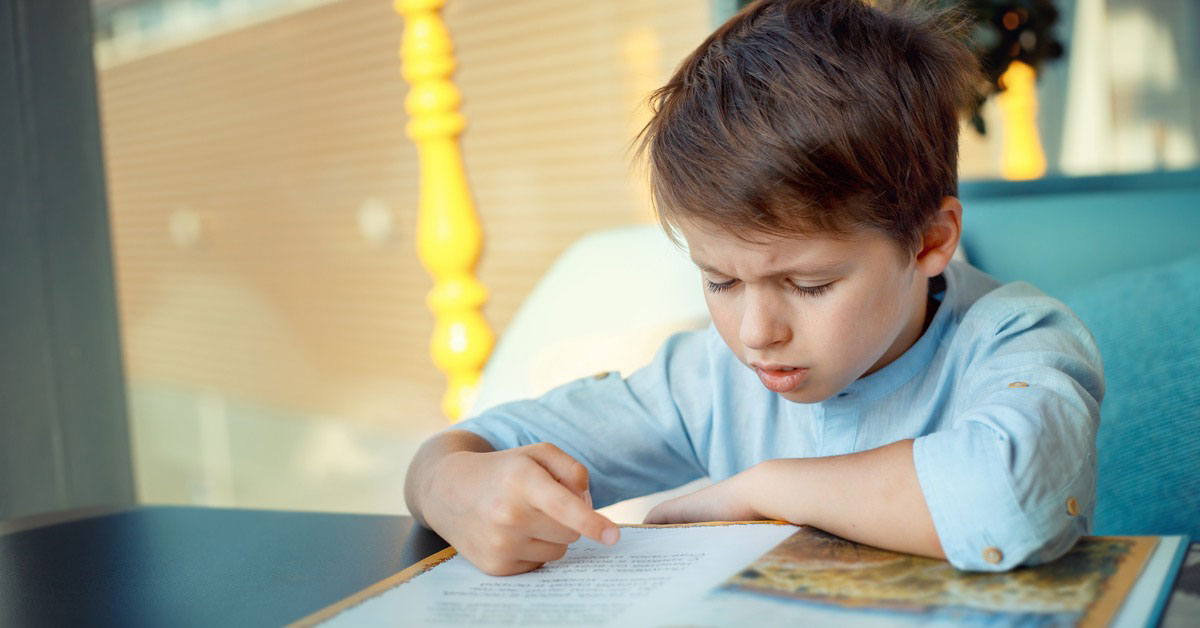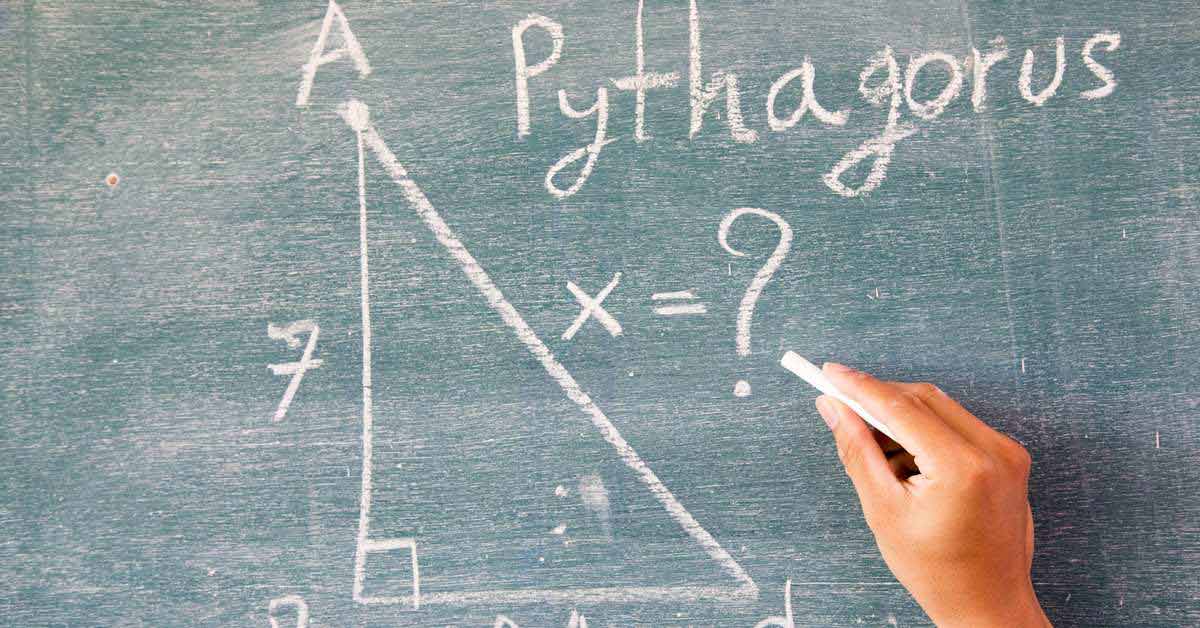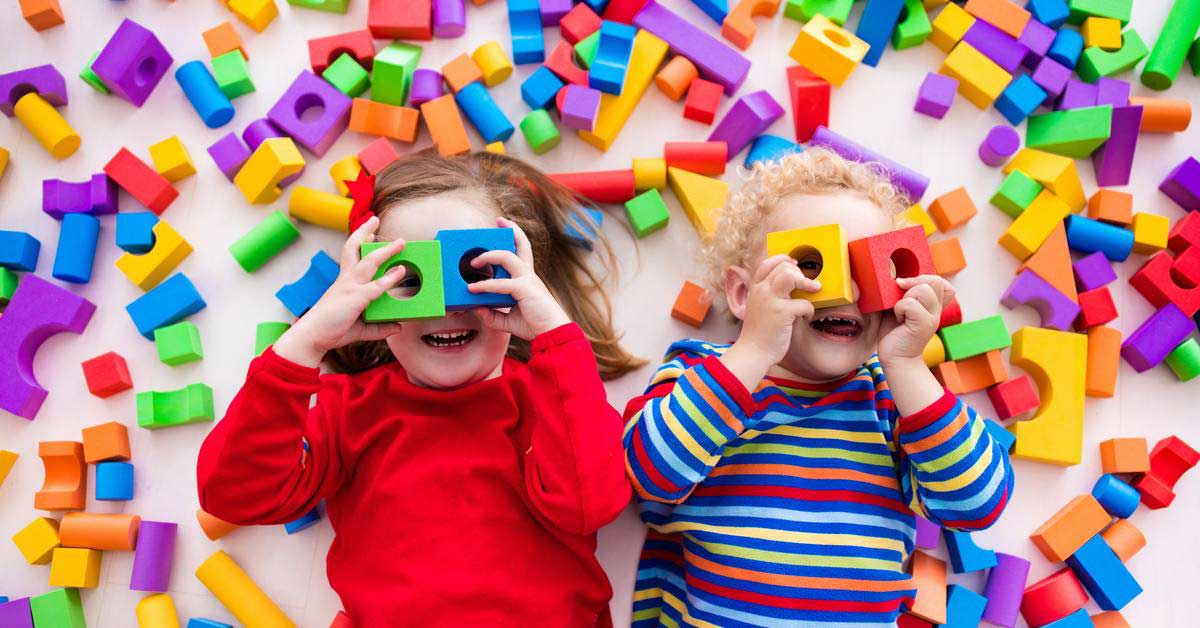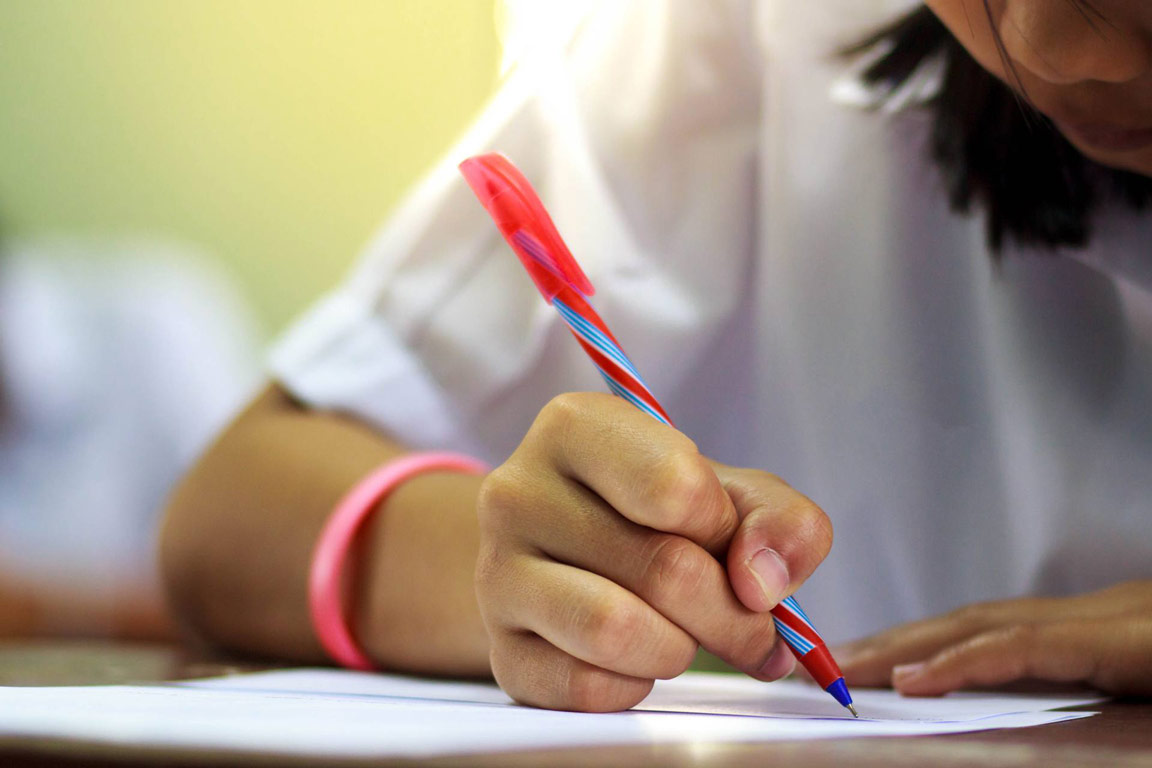29 Jan 2021
The Most Common Learning Difficulties
If you’re thinking of becoming a teacher aide or early childhood educator, understanding learning difficulties will help you support students to make the most of their education.
Enrolling in a course such as the CHC30221 Certificate III in School Based Education Support will qualify you to assist teachers in public, private or community schools, where you’ll be responsible for optimising learning outcomes for students with a range of learning needs.
Learning difficulties refer to persistent issues with specific areas of education, such as reading, writing, or maths. No matter what type of learning difficulty a child has, educators have an extremely important role to play in improving their school experience.
To ensure you’re prepared to work in education, this article will explore some of the most common learning difficulties.
Dyslexia
Dyslexia is a learning difficulty that affects a person’s ability to identify speech sounds and how they’re related to letters and words. Having dyslexia can make reading and writing very difficult. Due to poor definitions of dyslexia, it’s often overlooked in children. According to Learning Difficulties Australia, between 10% and 16% of school students are estimated to have dyslexia.
A diagnosis of dyslexia does not mean a child is incapable of learning. When teaching kids with dyslexia, educators may need to provide them with additional support with reading and writing.

Dyscalculia
Dyscalculia impacts a student’s math capabilities. From struggling to order numbers correctly to reduced problem-solving skills, it can show up in a variety of different ways. Although many students struggle with maths at some point in school, those with dyscalculia will typically have ongoing issues with concepts such as time and measurement.
Breaking math problems down into subsets may help students overcome some of their dyscalculia symptoms. Students with this learning difficulty often find maths very stressful and may require more time to complete their work.

ADHD
Attention-Deficit/Hyperactivity Disorder (ADHD) can cause above-average levels of energy and impulsive behaviour. Kids with ADHD generally experience a range of symptoms, including:
Struggling to sit still for long
Difficulty following instructions
Forgetfulness
Easily distracted.
Both adults and children can have ADHD, but it’s often diagnosed in childhood. It can be treated with behavioural therapies and in some cases, medication.
There are a few little things you can do in the classroom to help any students with ADHD, such as: ensuring they are seated away from any distractions, such as windows, ensure things are explained well using study aids like visuals, charts, colour codes and pictures. However, one of the best things you can do is to talk to parents to understand that particular child's needs and triggers.

Dysgraphia
People with dysgraphia have problems converting their thoughts into writing. This learning disability can impact all aspects of a person’s writing, including spelling, grammar, letter spacing, and fine motor skills. It’s usually identified in children while they are learning to write.
Unlike dyslexia, dysgraphia doesn’t typically impact reading abilities. Treatments include modifying writing materials (using a bigger pencil) and allowing students extra time for writing activities.

All these learning difficulties can make school more difficult for children. As an educator, you’ll have the opportunity to help kids make the best of their education regardless of their learning needs.
To learn more about where a CHC30221 Certificate III in School Based Education Support can take your career, please read our article What Does a Teacher Aide Do?
Next
Get in touch with us today.

Proud member of

Funding
© Foundation Education | RTO Number 22557
